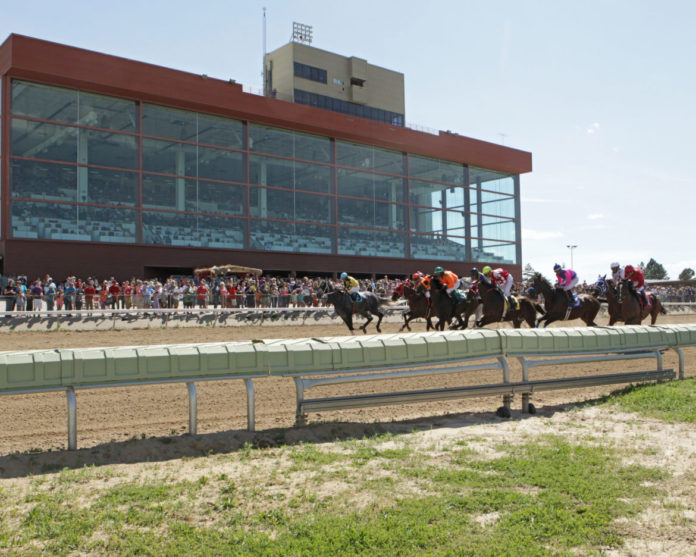
For decades, hooves of racehorses have been thundering around the bends of Colorado’s only legal horse racing track, Arapahoe Park. With a long legal history, race betting has been practiced for approximately 70 years. While gaming laws were recently enacted by the Colorado voters, the distinct differences between the two forms of betting are worth noting, as is the fact that there are two separate governmental agencies that rule over them — the Colorado Racing Commission and the Division of Gaming.
In horse racing “pari-mutuel” betting is the name of the game. This term describes how horse race betting is performed, “wagering amongst ourselves,” Ireland Stapleton Pryor & Pascoe Associate Sean Jennings said. The idea is that the odds are set for each race, based on the people participating — the number of participants enter a pool of betting, and based on who is betting where, the odds fluctuate until the start of the event.
“It’s a small group, as opposed to against the odds. It’s different,” Ireland Stapleton Pryor & Pascoe Director Tom Downey said.
In sports betting, different venders set the odds, or lines, like the house in a casino, Jennings explained. Each organization, such as Draft Kings or FanDuel, will set different lines based on proprietary information or however they deem the fair line is set.
A main differentiator between gaming and race betting is that a horse racing track is based around an “in-person” experience, Jennings said. Betting is part of the experience of attending the races and experiencing the entertainment. Fans follow horse racing closely and which horses and trainers are involved with which races — with an entire sports culture around sports betting.
There is an interesting contrast in comparison to sports betting, Jennings said. Legally, pari-mutuel betting has been upheld by the Supreme Court.
“There is no other legal horse racing — this is it, this is the one licensee,” Downey said of Arapahoe Park.
Race betting was authorized in the state in 1948, and this included greyhound dog races, but they have since been made illegal.
As the only legal track in the state, Arapahoe Park is the focal point of horse racing in Colorado, Jennings said. The park runs the races and has regulatory relationships with all the licensed Off-Track Betting locations, which are scattered around the state and simulcast races and take in-person bets. In essence, there is a master operation with smaller sub-operations.
In addition to the betting at the park, Colorado has 11 OTB locations around the state, according to PlayColorado.com, a gambling news and information website. These first arose in 1991 and offer simulcast racing, which allows for betting on races both in and outside the state. In addition to the OTBs, Coloradans can bet online.
Phone wagers are accepted from people who establish a wagering account, according to the Colorado Racing Commission website.
In addition, everyone must be licensed who works at the track, Downey compared it to the marijuana industry where everyone must be licensed, “there are separate licenses for everyone that works there… it is like that for racing.”
Arapahoe Park is one of many tracks throughout the U.S. with relationships with live-stream races and betting performed under local, state and federal laws and regulations, Jennings said. There are special regulations about these multi-state operations, and horse racing has been following them for decades.
“The track here is sort of a magnet for the whole region,” he said. “Especially during COVID.”
While other states were taking different approaches to authorizing horse racing in the pandemic, Arapahoe Park obtained permission from the state and local government to have a racing season this summer, Jennings said.
The opening of the season this year was delayed by the pandemic restrictions, Downey said. Under statute, there is a requirement for when the race season is and how long they can race.
This year there are no fans present in the stands, and the events are run similar to Major League Baseball, Jennings explained. This is a change from the usual in-person experience. Guidelines were put in place for those needing to be at the track, and both horses and people traveled to the park and the state.
— Avery Martinez

